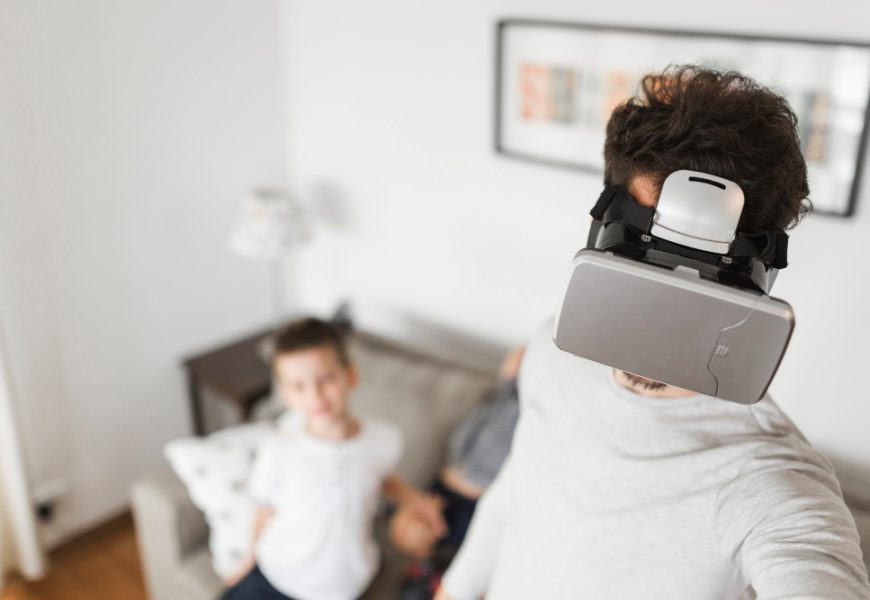In modern life, most of us live amid a web of unseen observers — not cameras or intrusive devices in the conventional sense, but microscopic technologies that sense, record, and respond to our surroundings. These tiny components, known as microsensors, work quietly behind the scenes, registering temperature shifts, air quality variations, the gentle rhythm of a heartbeat, or the slightest tremor of motion. They occupy an invisible layer of intelligence that touches almost every fabric of daily experience, from how a room lights up to how a medical device monitors recovery after surgery.
This invisible pulse is what allows the physical world to react almost instinctively to our needs. A well-calibrated temperature sensor can prompt a smart thermostat to adjust before we even realize we’re too warm. A series of pressure sensors in a car seat can detect if the driver’s posture indicates fatigue, nudging them to take a break. The magic of these systems lies in their seamless integration — a choreography of data and physics that feels less like technology and more like intuition built into our environment.
The evolution of microsensors has been driven by advances in nanotechnology, microelectromechanical systems (MEMS), and artificial intelligence. These technologies have shrunk once‑bulky instruments into components smaller than a grain of sand, yet infinitely more capable. Each sensor contributes a thread of data that, when woven together, creates a comprehensive portrait of human behavior and environmental dynamics. What once required manual control is now managed through predictive modeling and adaptive learning — technologies that remain silent but deeply aware.
The reach of microsensors extends beyond individual convenience. In cities, they form the nervous system of intelligent infrastructure. Traffic sensors monitor vehicle flow, adjusting lights to reduce congestion and emissions. Air‑quality sensors detect pollution levels in real time, influencing policy decisions and alerting residents of health risks. Even waste management systems can optimize collection routes using embedded microsensors that detect how full each container is. Urban design increasingly depends on this constant flow of invisible data to enhance safety, sustainability, and livability.
Within the home, invisible technologies are transforming the way we interact with our living spaces. Smart thermostats, humidity sensors, and light detectors adjust environmental conditions to maintain comfort while minimizing energy use. Motion sensors coordinate security systems that discern between harmless household pets and potential intrusions. Kitchen appliances now rely on internal sensors that adjust cooking temperatures, track expiry dates, and even order replacements automatically. These interactions are subtle — often unnoticed — yet they collectively define the quiet intelligence of modern living.
Perhaps nowhere is the impact of microsensors more profound than in healthcare and personal well‑being. Wearable devices, implantable biosensors, and smart textiles can continuously monitor heart rate, glucose levels, oxygen saturation, or stress indicators. Instead of reacting to illness, healthcare can become genuinely proactive — predicting potential issues before they escalate. A patient recovering from surgery might wear a small patch that reports healing progress to a physician in real time, freeing both from the constraints of physical checkups while improving safety and care precision.
On a global scale, invisible technologies play a critical role in environmental monitoring and sustainability. Tiny sensors floating in water systems analyze purity and detect toxins, while agricultural networks measure soil moisture and nutrient balance to optimize irrigation and reduce waste. Even wildlife conservation efforts benefit from discrete micro‑tagging sensors that track migration without disturbing animal behavior. The data harvested by such devices blends seamlessly into predictive analytics that can aid policymakers, farmers, and scientists alike.
Yet the rise of invisible sensing also raises ethical and social questions. The same systems that monitor and protect us can, if misused, undermine privacy. The challenge for the coming decade lies in balancing the immense benefits of pervasive sensing with safeguards that uphold transparency, consent, and individual autonomy. Designing equitable frameworks for data ownership will determine whether invisible technologies remain trustworthy and truly serve the public good.
Ultimately, microsensors represent more than a technical milestone — they redefine how humans relate to their environments. Every subtle vibration, every chemical fluctuation, every beat of our hearts can now be interpreted, learned from, and acted upon in real time. The cities, homes, and personal spaces of tomorrow are not merely equipped with gadgets; they are living, responsive ecosystems where the boundaries between the mechanical and the biological blur.
As we continue to embrace the benefits of these unheard and unseen devices, our challenge — and opportunity — is to ensure that the intelligence we build into the world reflects empathy, sustainability, and vision. Invisible they may be, but their impact on how we live, heal, move, and connect is profound — quietly shaping the rhythm of modern life, one microscopic heartbeat at a time.









